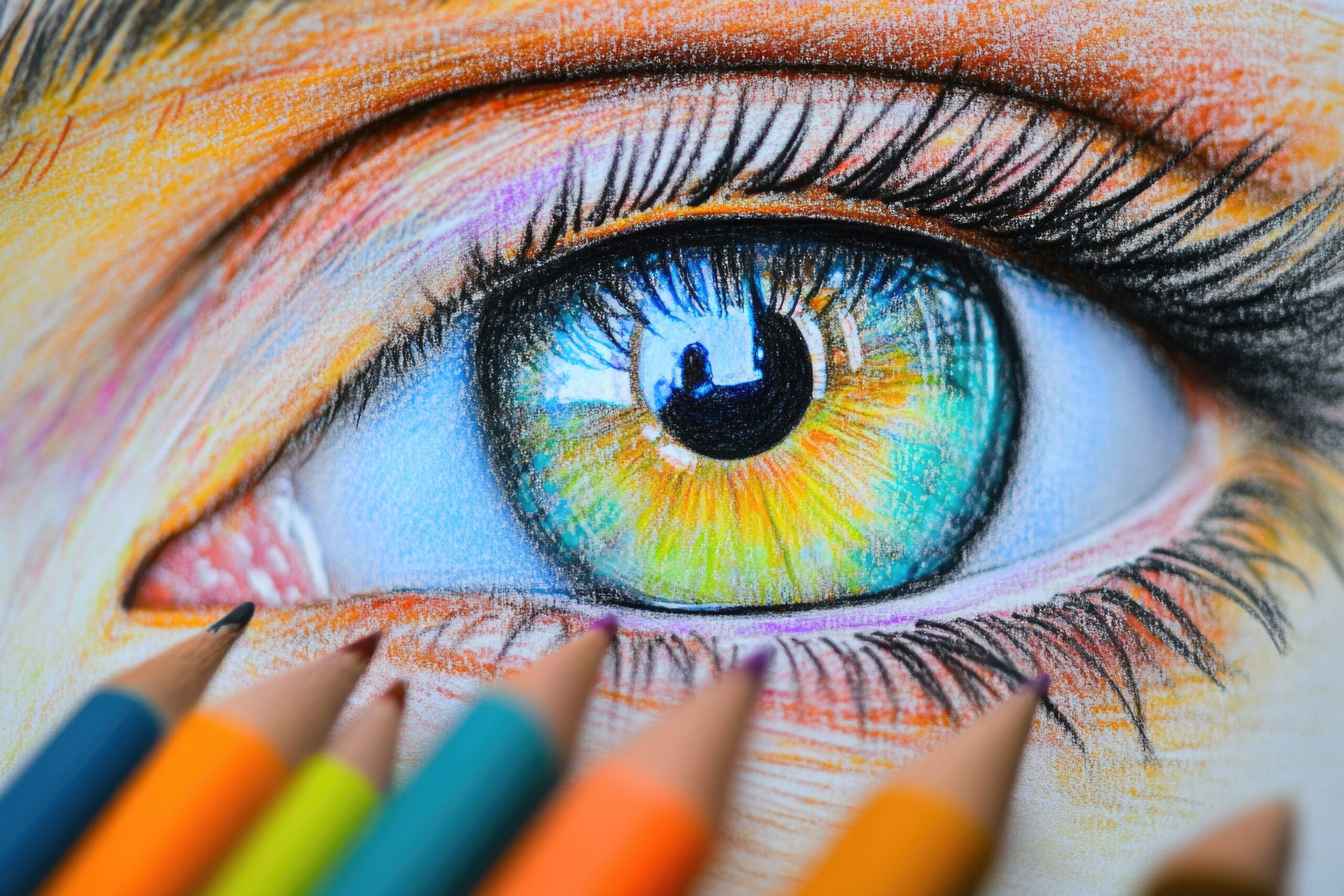Learning to See Like an Artist
Before I ever pick up a brush, my work as an artist begins with observation. Painting isn’t just about applying color to canvas—it’s about how we perceive the world. Training yourself to see through a painter’s perspective changes everything. The sky isn’t just blue, it’s layered with soft grays, violets, and oranges. Shadows aren’t merely dark spaces; they are rich with color and movement. The world is a complex, living composition, and the more we learn to see it with intention, the more depth and emotion we bring to our art.
Light and Shadow: The Silent Storytellers
One of the first things I focus on when observing the world is the relationship between light and shadow. The way morning light softly filters through tree branches, or how golden hour turns a simple street into a masterpiece of warm hues, is something I study constantly. Light creates mood, highlights form, and gives depth to everything around us.
Shadows are just as important. Instead of seeing them as black or gray, I look for hidden tones—cool blues on a sunny day, deep purples in the late afternoon, or hints of green reflecting from nearby foliage. Learning to see these nuances brings paintings to life, making them feel more dynamic and real.
Seeing Color Beyond the Obvious
Many people think of color as fixed—grass is green, the sky is blue, and a sunset is orange. But when you train yourself to really look, you realize that color is fluid and ever-changing. Grass might have touches of yellow where the sunlight hits or hints of violet in the evening. The sky shifts from pale blue at the horizon to deep indigo as it stretches upward.
One of the best ways to train your eye for color is to mix your own paints rather than relying on pre-made colors. By blending, you start to understand how subtle shifts in hue affect a painting. Looking at color this way also helps when layering paint, as different tones interact to create a more vibrant and natural-looking piece.
Composition: Framing the World Like a Painting
Everywhere I go, I mentally frame scenes as if they were paintings. Whether I’m walking through a city, driving past open fields, or sitting in a café, I notice how elements are arranged. A winding path leading into the distance, a perfectly placed splash of red in a sea of green, or a well-balanced contrast between organic and geometric shapes—these all make for compelling compositions.
Training yourself to see compositions in everyday life is a great exercise for any artist. Try taking snapshots in your mind, or even with a camera, and analyze what makes them interesting. Is it the balance of light and dark? The way objects lead the eye through the scene? The contrast of colors? The more you practice this, the more instinctively you’ll be able to compose your own paintings.
Capturing Emotion in Everyday Scenes
The most powerful paintings are the ones that convey emotion, and emotion is often found in the simplest moments—a quiet morning by the lake, the energy of a bustling street, the stillness of a foggy landscape. When I paint, I don’t just recreate a scene; I try to capture how it made me feel.
To train your eye for emotion, ask yourself questions about the places and people around you. What does this scene remind me of? How does the lighting influence the mood? If this moment were a painting, what colors would I use to express its energy? This practice not only deepens your connection to your art but also helps viewers connect emotionally to your work.
Sketching: A Daily Practice
One of the best ways to strengthen your observational skills is to sketch regularly. I always keep a small sketchbook with me, not for finished drawings but for quick studies of interesting shadows, color relationships, or compositions. Even five-minute sketches help train your hand to translate what your eyes see onto paper.
Sketching also teaches you to simplify. When you only have a few minutes to capture something, you start focusing on the most important elements—the play of light, the movement of a subject, the key shapes. This ability to simplify translates directly into painting, helping to create more impactful and intentional artwork.
Slowing Down and Seeing the Beauty in Everything
In today’s fast-paced world, people often rush through their surroundings without really seeing them. Training yourself to see like an artist means slowing down and noticing details others might miss—the reflection of city lights in a puddle, the way wind moves through tall grass, the shifting colors of a cloudy sky.
Even if you’re not painting every day, developing an artist’s eye transforms the way you experience life. You become more present, more appreciative, and more in tune with the world around you. And when you do pick up a brush, you bring with you a wealth of observations, ready to be translated into art.
Final Thoughts: Seeing the World Through an Artist’s Eye
Learning to see like a painter is a lifelong journey, but it’s one of the most rewarding aspects of being an artist. The world becomes richer, more vibrant, and endlessly inspiring. Whether you’re capturing light, exploring color, or composing scenes in your mind, each day offers new opportunities to train your eye and deepen your artistic voice.
If you’re an artist—or even if you simply want to experience the world more fully—I encourage you to take the time to observe. Really observe. Notice the small details, the shifts in light, the hidden colors. Because when you start to see the world through a painter’s perspective, everything becomes a masterpiece waiting to be created.
